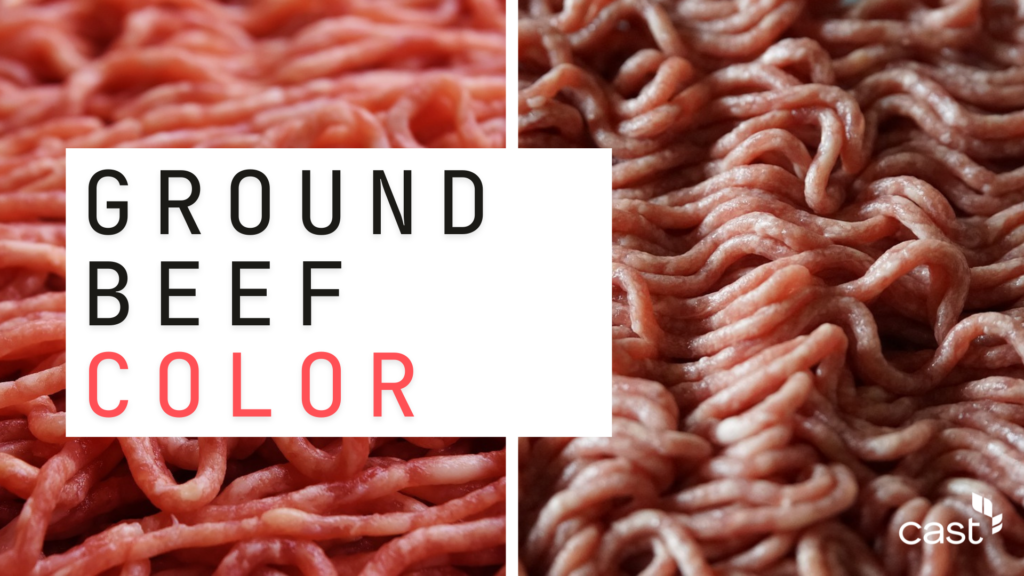Ground beef color is one of the most noticeable factors consumers consider when purchasing meat, but its meaning is often misunderstood. In the first episode of CAST’s Ask the Expert series, airing on Thursday, September 19, Christi Calhoun, Ph.D., Scientific Communication Resource Officer at the American Meat Science Association, delves into the science behind meat color and what it reveals about freshness and quality.
The color of ground beef is driven by myoglobin, a protein that reacts with oxygen. “Myoglobin and oxygen are at the heart of the color we see,” says Dr. Calhoun. While many consumers associate bright red meat with freshness, this can be misleading. “The brownish color in the center [of ground beef] is actually indicative that it was more freshly ground. Oxygen just hasn’t gotten to it yet,” she explains.
Other factors such as grind size, fat content, and packaging also play a significant role in how meat looks on store shelves. Dr. Calhoun emphasizes that color alone is not a reliable indicator of quality or safety. “Many consumers mistakenly believe that brown or gray meat is spoiled, but this is often a natural result of how oxygen interacts with myoglobin,” she says.
Dr. Calhoun also discusses how different packaging types affect meat color. For example, foam trays with thin film allow oxygen to pass through, giving meat a bright red color but shortening its shelf life. Vacuum-sealed packaging, by contrast, limits oxygen exposure and extends freshness, though the meat may appear darker.
Don’t miss this in-depth discussion on ground beef color and freshness!




